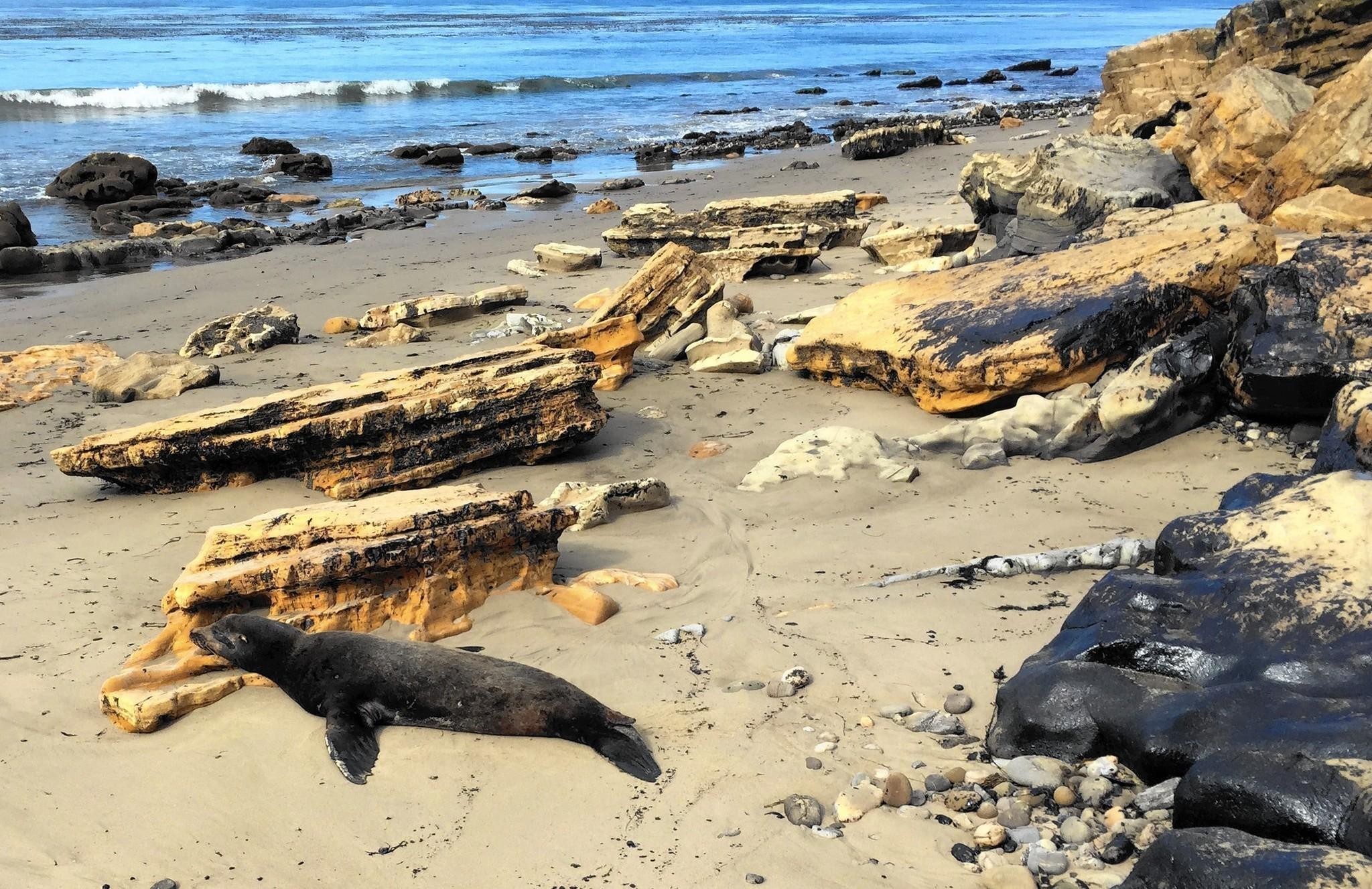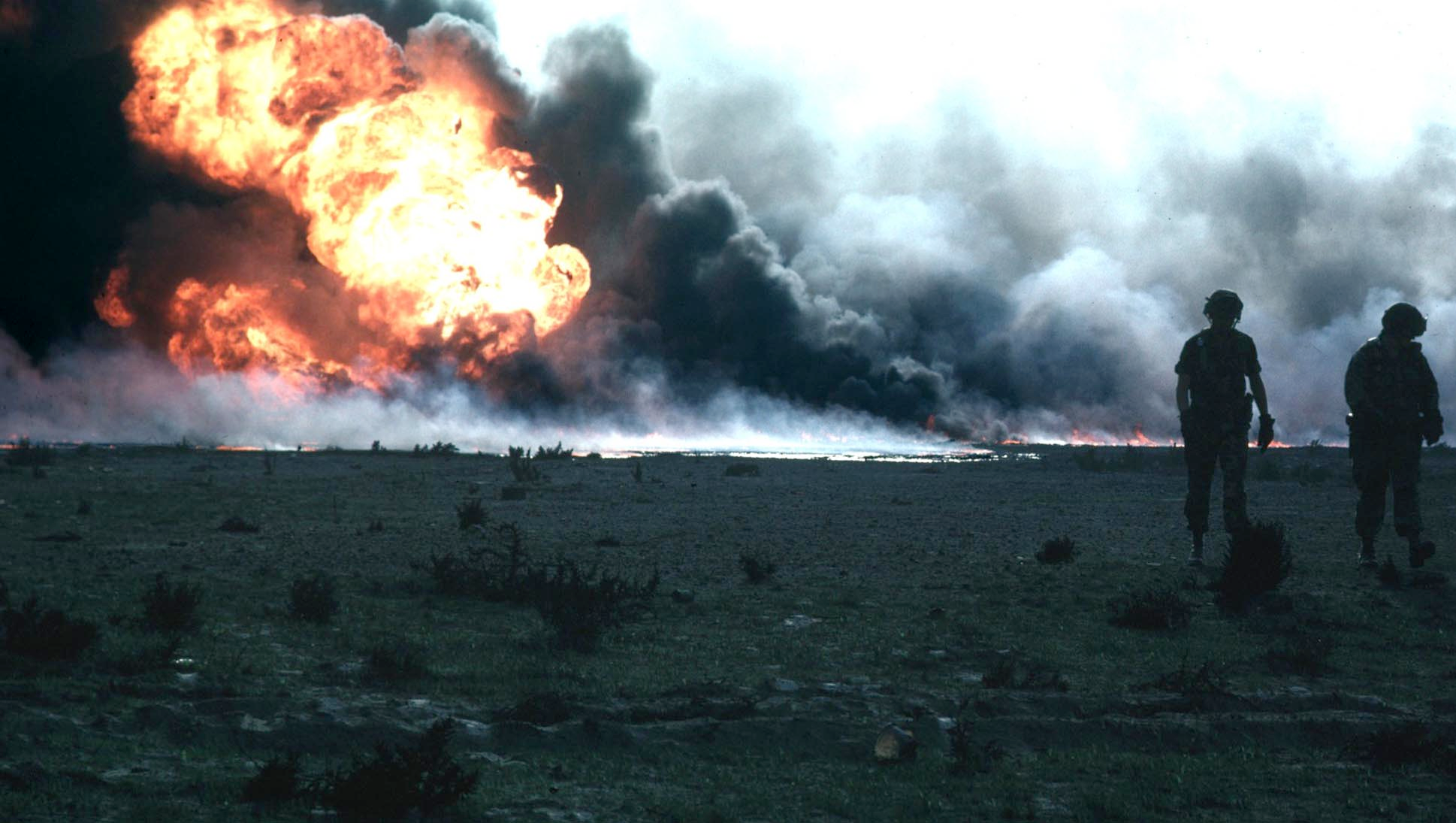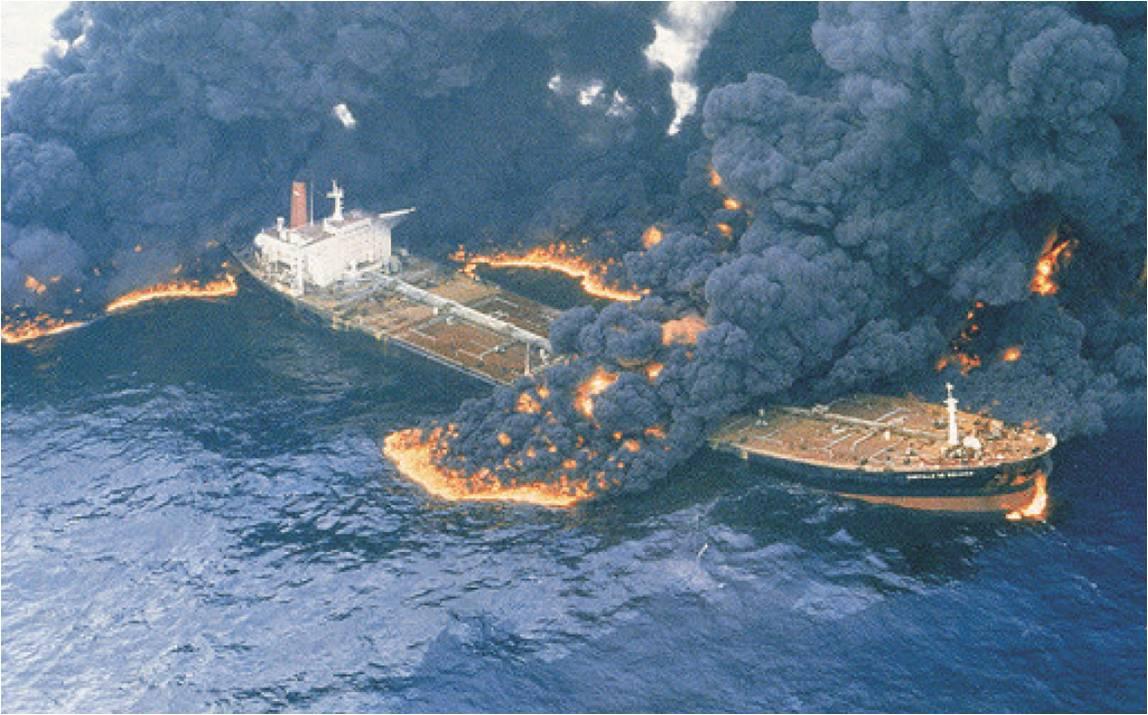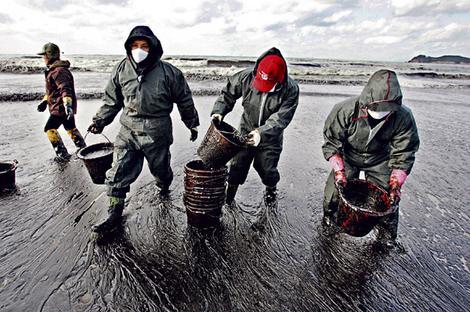China Sea Oil Spill Poses Big Threat to Marine Life

The Iranian tanker 'Sanchi' which collided with the Hong Kong-flagged cargo ship 'CF Crystal' on January 6, 2018 about 300 km off Shanghai sank completely on Sunday causing a massive oil spill.

In the wake an oil spill, the most anticipated danger is the adverse impact it would cause on the marine life. The tanker was carrying 1,36,000 tonnes of light crude oil when the accident took place.
Remember 'The Gulf War oil spill' in 1991 when the Iraqi troops, retreating from their occupation of Kuwait, set fire to the desert oil wells and opened the valves on oil rigs and pipelines?

Around 5-10 million barrels of oil was poured into the Persian Gulf which was enough to destroy the marine wildlife and coastal habitats in that region. Going by the records some 30,000 water birds were killed by the oil spill then. Besides, fish eggs and larvae too were destroyed and hence the breeding potential decreased to a large extent and the marine ecosystem was affected badly for many months and years in future.
Prior to this, another oil spill had taken place on June 3, 1979 in 80 km off Mexico's Gulf Coast. The well suffered a blowout resulting in one of the largest peacetime oil spills. In this Mexico's state-owned oil company suffered a more than nine months leak giving out almost 3.3 million barrels of oil.
This high peacetime leak had a severe impact on the marine ecosystem. The adverse effects were more visible in the fishing town of Champoton, where the catch was never the same again.There was a huge depletion in fish stock.
In the same year in July another oil spill happened in the Caribbean Sea when SS Atlantic Empress, a Greek oil tanker, carrying light crude oil, collided with the oil tanker Aegean Captain near Venezuela. It took a month for the carrier to sink completely but the spill was the fifth largest oil spill. The vessel spilled 287,000 metric tonnes of crude oil into the Caribbean Sea. Since the oil was light crude, it did not have much impact on marine life but many bird feathers were seen at the shore for several days.

In all the above oil spills in the past it was the marine ecosystem that got affected most and the recent spill also is feared to inflict the same kind of impact.
The Iranian tanker 'Sanchi' which collided with 'CF Crystal' on January 6 remained ablaze for a whole week before sinking completely on Sunday with a massive oil slick.
Sanchi was carrying almost one million barrels of condensate, an ultra-light and extremely flammable type of crude oil. The spill resulted in a 10-mile-long oil slick. The oil in question is considered to be the dirtiest kind-- it is not only toxic but also poisonous.
A major worry now is that that if the oil is to condensate it will become an ultralight version of crude oil. This version is highly toxic and combustible compared to the other forms of crude oil. And what makes the situation more critical is that it is colourless and odourless and its detection would be hard.

As per the scientific study oil in any form will destroy the waterproof shield of furry mammals exposing them to harsh weather. As the birds and animals try to clean the surface of their body, the possibility of ingesting oil would be high and that would be poisonous for them.
Fishes like mackerel (different species of pelagic fish) and croaker (marine ray-finned fish) which are mostly found in East China Sea, if exposed to oil, will have lesser growth, abnormalities in most of the organs like liver and heart. Eggs and larva would also be badly impacted.
First published: 17 January 2018, 12:26 IST






![BJP's Kapil Mishra recreates Shankar Mahadevan’s ‘Breathless’ song to highlight Delhi pollution [WATCH] BJP's Kapil Mishra recreates Shankar Mahadevan’s ‘Breathless’ song to highlight Delhi pollution [WATCH]](https://images.catchnews.com/upload/2022/11/03/kapil-mishra_240884_300x172.png)

![Anupam Kher shares pictures of his toned body on 67th birthday [MUST SEE] Anupam Kher shares pictures of his toned body on 67th birthday [MUST SEE]](https://images.catchnews.com/upload/2022/03/07/Anupam_kher_231145_300x172.jpg)






